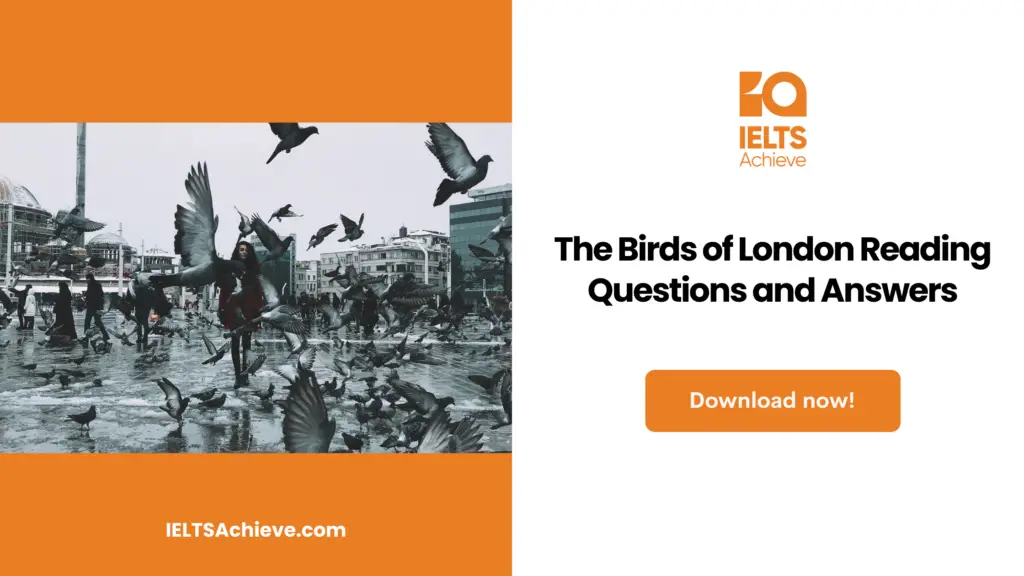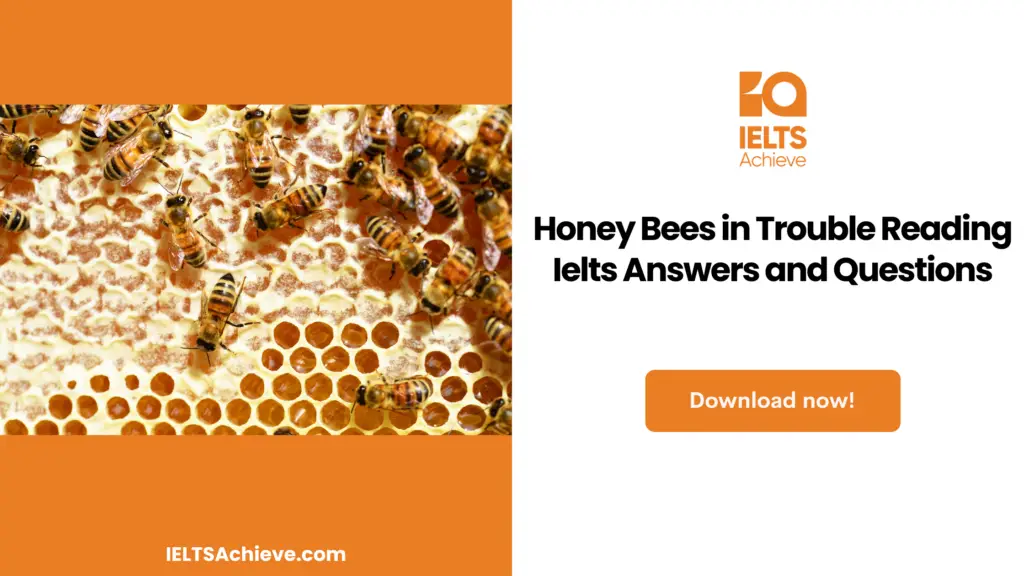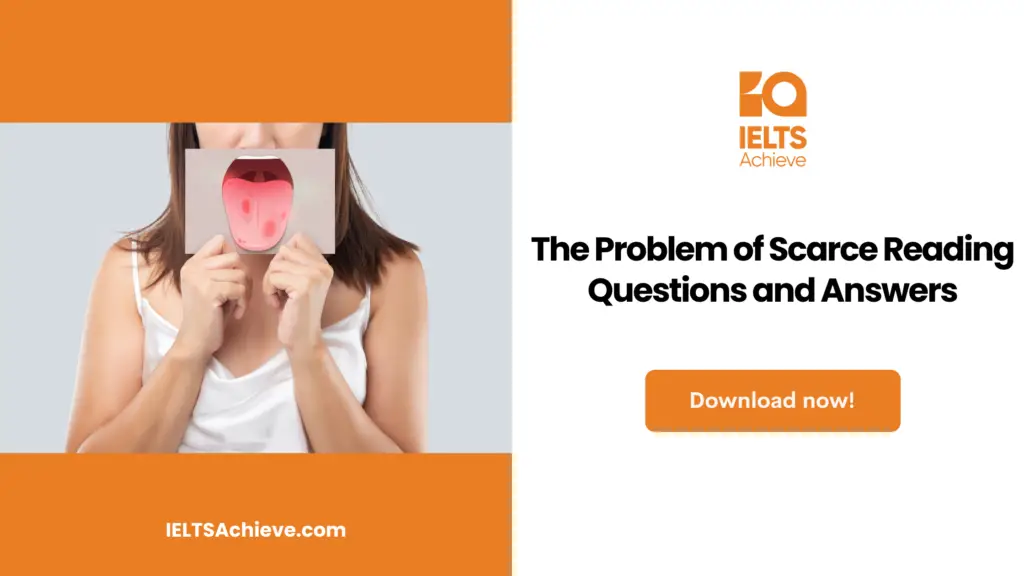The Blog post contains the following IELTS Reading Questions:
- IELTS Reading Note Completion
- IELTS Reading Matching Features
- IELTS Reading Short Answers Questions
Stay informed and prepared for success – Explore our comprehensive Reading Test Info page to get valuable insights, exam format details, and expert tips for mastering the IELTS Reading section.
IELTS Reading Passage: The birds of London

The birds of London
There are greater than two hundred various species and subspecies of birds in the London area, varying from the magpie to the greenfinch, but may be the most omnipresent is the pigeon. It has been propose that the swarms of city doves are all degenerate from birds which get away from cote in the early neolithic period; they found a natural environment in the crannies and ledges of buildings as did their forebear, the rock doves, amid the sea-girt cliffs. ‘They nest in small territory,’ one onlooker has written, ‘normally high up and unreachable’ above the streets of London as if the streets were certainly a sea. A man fell from the belfry of St Stephen’s Walbrook in 1277 while in search of a dove’s nest, while the Bishop of London protested in 1385 of ‘malignant persons’ who threw stones at the doves resting in the city churches. So dove’s were formerly a familiar presence, while they were not treated with the same satisfaction as their more recent beneficiary. A particle of kindness to these creatures looks to have been first shown in the late 19th century, when they were fed oats rather than the usual stale bread.
From the end of the 19th century, wood dove’s also drift into the city; they were rapidly sophisticated, enhancing both in numbers and in acquiescence. “We have often seen them on the roofs of houses.” wrote the writer of Bird Life in London in 1893, seemingly as much at home as any hehouse dove.’ those who look up today may eye their ‘hover-lines’ in the sky. From Lincoln’s Inn Fields over Kingsway and Trafalgar Square to Battersea, with other lies to Victoria Park and to Kenwood. The air of London is filled with such ‘hover-lines’, and to trace the way of the birds would be to foresee in the city in a completely various form; then it would look linked and united by thousands of streets and small ways of energy, each with its own history of use.
The sparrows move speedily in public places, and they arc now so much part of London that they have been take on by the domestic population as the slugged; a friend was known to Cockneys as a ‘coclsparrer’ in accolade to a bird which is sweet and yet watchful, blessed with a darkened feather similar to that of the London dust, a brave little bird flitting in and out of the city’s infinite turmoil. They are small birds which can lose body heat fastly, so they are superbly modified to the ‘heat island’ of London. They will live in any small cranny or cavity, behind gutter or air duct, or in public statues, or holes in buildings; in that sense dietary are superbly suited to a London geography. A bird watcher who narrated the sparrow as strangely attached to man’ said it never now breeds at any distance from an lived-in building’.This gregariousness, born upon the affection of the Londoner, is obvious in many ways. One naturalist W.H.Hudson, has narrated how any stranger in a green space or public garden will soon find that ‘some sparrows are keeping him company…. Watching his every action, and if he sits down on a chair or a beach some of them will come near to him, and hop this way and this before him, emit a small mournful note of questioning — have you got nothing for us? They have also been narrated as die urchins of the streets — ‘crooked, assertive and belligerent’ — a condition which again may merit the attention and commendation of native Londoners. Exceptionally attached to their environments, they rarely create ‘ hover-lines’ across the city; where they are born, like other Londoners, they stay.
There are few birds, such as the robin and the chaffinch, which are less agreeable and trusting in the city than in the country. Other species, such as the mallard, grow progressively shyer as they leave London. There has been some curtailment of the number of sparrows, while rusty grackles are more abundant. Swans and ducks have also enhanced in number. Some species, but, have all yet disappeared. The rooks of London are, maybe, the most noteworthy of the vanished, their hatchery demolished by building work or by tree-felling. Areas of London were constantly occupied by rooks for many hundreds of years. The funeral ground of St Deinstalls in the East and the college garden of the Ecclesiastical Court in Doctors’ Commons, the minaret of the Tower of London and the gardens of Grays Inn, were once such localities. There was a hatchery in the Inner Temple dating from at least 1666, noted by Oliver Goldsmith in 1774. Betray nested on Bow Church and on St Olave’s. They were respected London birds, preferring to bunch around former churches and the like as if they were their local guardians. But, in the words of the 19th century song, ‘now the old betray have lost their places’. There was a copse in Kensington Gardens loyal to the betrays; it contained few seven hundred trees forming a piece of wild nature, a matter of charm and amazement to those who walked among them and heard to the infinite cawing that blotted out the city’s sound. However the trees were torn down in 1880. The betrayal has never returned.
Unlock your full potential in the IELTS Reading section – Visit our IELTS Reading Practice Question Answer page now!
Recommended Questions:
Renewable Energy IELTS Reading Question with Answer
IELTS Reading Questions: The birds of London
Questions 1-4
Answer the questions below using NO MORE THAN THREE WORDS for each answer. Write your answers in boxes 1-4 on your answer sheet.
1 What kind of birds are the London pigeons descended from?
2 What were pigeons given to eat before attitudes towards them changed?
3 What are the routes taken by wood pigeons known as?
4 What TWO activities have contributed to the drastic reduction in the number of rooks?
Questions 5-9
Complete the notes below. Choose NO MORE THAN THREE WORDS from the passage for each answer. Write your answers in boxes 5-9 on your answer sheet.
SPARROWS Word meaning 5______ is derived from the bird’s name suited to atmosphere of London because of tendency to rapidly 6________ always likely to reproduce close to 7_________ characteristic noted: 8_________ because of attitude of people in London make a sound that seems to he a kind of 9_________
Boost your performance in Summary, Notes, Table, and Flowchart Completion tasks. Click here to explore our detailed guide and learn how to effectively complete summaries, notes, tables, and flowcharts in the IELTS Reading section.
Question 10-13
Classify the following as being stated of
A pigeons
B wood pigeons
C sparrows
D chaffinches
E blackbirds
F rooks
Write the correct letter A-F in boxes 10-13 on your answer sheet.
10 They are happier with people when they are in rural areas.
11 They rapidly became comfortable being with people.
12 They used to congregate particularly at old buildings.
13 They used to be attacked by people.
Improve your performance in Matching Features questions by clicking here to access our comprehensive guide. Learn how to match specific features or characteristics with the options provided in the IELTS Reading section.
Unlock your full potential in the IELTS Reading section – Visit our IELTS Reading Practice Question Answer page now!
Recommended Questions:
Renewable Energy IELTS Reading Question with Answer
The birds of London Reading Answers
1. Rockdoves
2. Stale bread
3.Fly(-)lines
4. Building work; tree(-)felling
5.Friend
6. Lose body heat
7.(an) occupied building
8.Sociability
9.Interrogation
10.D
11.B
12.F
13.A

We hope you found this post useful in helping you to study for the IELTS Test. If you have any questions please let us know in the comments below or on the Facebook page.
The best way to keep up to date with posts like this is to like us on Facebook, then follow us on Instagram and Pinterest. If you need help preparing for the IELTS Test, join the IELTS Achieve Academy and see how we can assist you to achieve your desired band score. We offer an essay correction service, mock exams and online courses.

